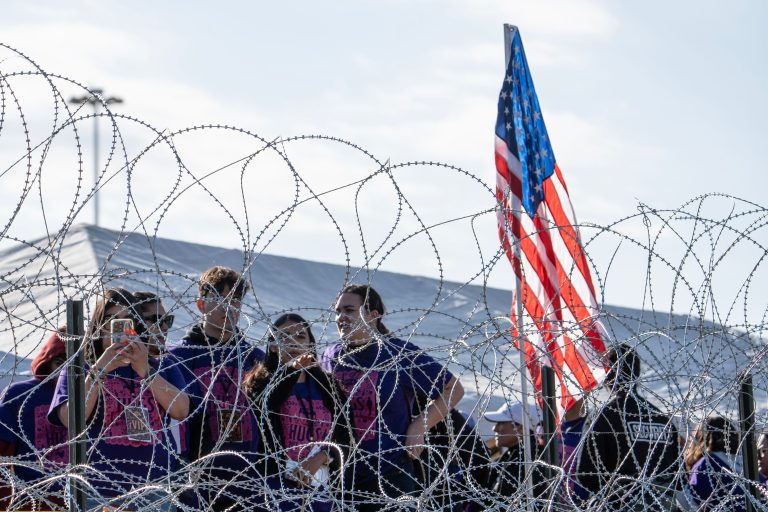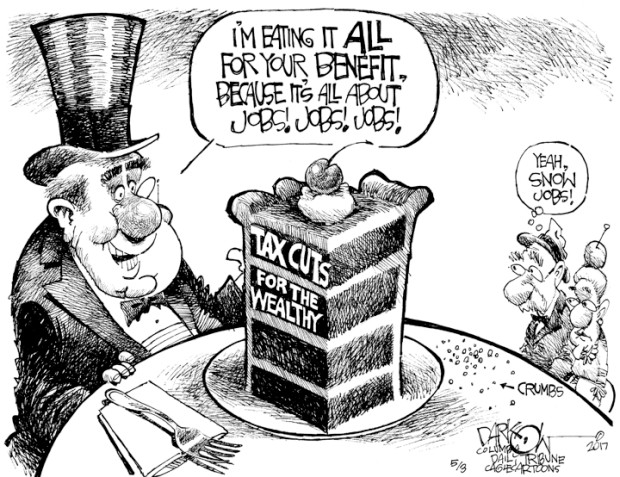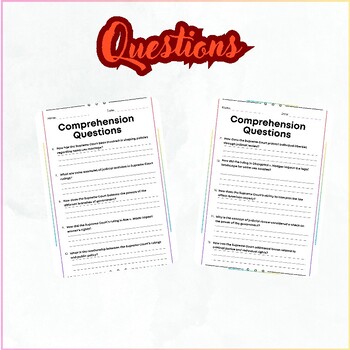

5 Ways Trump Redefined the Global Landscape: A Legacy of Bold Diplomacy
Donald Trump’s presidency, marked by a “America First” approach, undeniably left an indelible mark on the global landscape. His administration, characterized by its unconventional diplomacy, challenged established norms and sparked significant shifts in international relations. While opinions on his methods remain deeply divided, the impact of his actions cannot be ignored. This article explores five key areas where Trump’s presidency redefined the global playing field, leaving behind a complex legacy for future administrations to navigate.
1. The Re-negotiation of Trade Deals: A Bilateral Focus
Trump’s trade policy was a cornerstone of his “America First” agenda. He consistently criticized existing multilateral trade agreements, viewing them as detrimental to American interests. Instead, he prioritized bilateral deals, aiming to renegotiate existing agreements like NAFTA (rebranded as USMCA) and withdraw from others, most notably the Trans-Pacific Partnership (TPP). This approach challenged the decades-long trend towards globalized trade and multilateralism, shifting the focus towards bilateral negotiations and a more protectionist stance.
| Agreement | Status under Trump | Key Impact |
|---|---|---|
| NAFTA | Replaced with USMCA | Restructured trade relationships between US, Canada, and Mexico |
| TPP | Withdrew from the agreement | Left a vacuum in Asia-Pacific trade governance |
| China Trade Deal | Negotiated Phase One Deal | Tariffs imposed and reduced, leading to short-term economic volatility |
This unilateral approach triggered trade wars, particularly with China, resulting in significant economic uncertainty and prompting other nations to re-evaluate their own trade strategies. The long-term effects of this recalibration of trade relations remain to be seen, but it undeniably shifted the global economic landscape.
2. A New Approach to International Organizations: Questioning Multilateralism
Trump’s administration expressed skepticism towards established international organizations, including the United Nations, NATO, and the World Trade Organization. He questioned the effectiveness and fairness of these institutions, frequently criticizing their financial contributions and perceived bias against the US. This challenged the post-World War II order built on multilateral cooperation and international norms. His administration’s actions, from reducing financial contributions to threatening withdrawal, sent shockwaves throughout the international community, forcing a reassessment of the role and future of these organizations.
3. The Israeli-Palestinian Conflict: A Shift in Diplomatic Strategy
Trump’s administration adopted a distinctly pro-Israel stance, evidenced by the controversial recognition of Jerusalem as Israel’s capital and the brokering of the Abraham Accords, which normalized relations between Israel and several Arab nations. This approach marked a significant departure from previous US administrations, which had generally pursued a more even-handed approach to the Israeli-Palestinian conflict. The shift in strategy, while achieving some diplomatic breakthroughs, also raised concerns about the long-term prospects for a two-state solution and regional peace.
4. Climate Change: A Rejection of Global Consensus
Trump’s administration’s decision to withdraw from the Paris Agreement on climate change was a stark rejection of global consensus on climate action. This decision, viewed by many as a major setback for international efforts to combat climate change, further exacerbated global divisions on environmental policy. The withdrawal signaled a significant shift in US climate policy and raised questions about the country’s commitment to international environmental cooperation. The subsequent return to the agreement under the Biden administration highlights the volatility of US climate policy on the global stage.
5. Great Power Competition: A Confrontational Approach to China and Russia
Trump’s presidency witnessed a renewed focus on great power competition, particularly with China and Russia. While employing different strategies, his administration adopted a more confrontational stance towards both countries, challenging their influence and actions in various spheres. This shift marked a departure from the previous emphasis on engagement and cooperation with these powers and ushered in an era of heightened geopolitical tensions.
This heightened competition impacted areas ranging from trade and technology to military deployments and ideological clashes, fundamentally reshaping the global geopolitical landscape. The long-term ramifications of this competition will continue to unfold, significantly shaping the future of international relations.
In conclusion, Donald Trump’s presidency irrevocably altered the global landscape. His unconventional diplomatic approaches, while controversial, forced a re-evaluation of established norms and power dynamics. Whether these changes ultimately benefit or harm global stability and cooperation remains a subject of ongoing debate and future analysis. The legacy of his “bold diplomacy” is complex and multifaceted, with its full implications still unfolding.

Additional Information
Trump’s Redefined Global Landscape: A Deeper Dive into Five Key Aspects
The assertion that Donald Trump’s presidency redefined the global landscape through “bold diplomacy” is a contentious one, demanding a nuanced analysis beyond simple declarative statements. While the impact is undeniable, labeling it solely as “bold” overlooks the complexities and long-term consequences of his foreign policy actions. This analysis delves deeper into five key areas, providing a more comprehensive understanding of his legacy and its lasting effects.
1. The Re-negotiation of Multilateral Agreements: Beyond “America First” Rhetoric:
Trump’s withdrawal from the Trans-Pacific Partnership (TPP), the Paris Agreement on climate change, and the Iran nuclear deal (JCPOA) were presented as prioritizing national interests above multilateral cooperation. While proponents lauded a focus on bilateral deals perceived as more beneficial to the US, the analysis must consider the broader implications. The TPP’s collapse, for example, arguably ceded influence to China in the Asia-Pacific region, impacting trade and geopolitical dynamics. Similarly, withdrawal from the Paris Agreement undermined global efforts to combat climate change, potentially leading to irreversible environmental consequences. The impact on the JCPOA is complex; while critics point to Iran’s continued enrichment of uranium, proponents argue the agreement was fundamentally flawed and its renegotiation necessary, though this remains a point of significant debate. A deeper analysis needs to consider the economic costs and benefits of each withdrawal, beyond the simple narrative of “America First.” Quantifiable data on trade shifts after TPP withdrawal and the growth of Iran’s nuclear program after the JCPOA exit would be crucial here.
2. The Shift in US-China Relations: Beyond Trade Wars:
Trump’s administration initiated a trade war with China, imposing tariffs on billions of dollars worth of goods. While the stated aim was to address trade imbalances and intellectual property theft, the result was a complex web of retaliatory measures, impacting global supply chains and fostering economic uncertainty. Simple statistics on tariff imposition and their impact on specific sectors (e.g., agriculture, technology) are insufficient. A more thorough analysis would need to consider the long-term strategic implications: Did the trade war weaken China’s economy significantly? Did it strengthen US alliances in the region? Did it ultimately benefit US consumers, businesses, or both? Examining data on FDI flows, changes in market share, and shifts in technological leadership across key sectors provides a more complete picture.
3. Reshaping Relations with Traditional Allies: Beyond “America First” in NATO:
Trump’s frequent criticism of NATO allies for insufficient defense spending and his questioning of the alliance’s overall value caused significant concern among European partners. While some argue this pressure prompted increased defense budgets, others see it as undermining transatlantic unity and potentially emboldening adversaries like Russia. A deeper analysis should examine the specific changes in defense spending by NATO members since Trump’s presidency, contrasting it with previous trends. Furthermore, analyzing shifts in strategic cooperation and intelligence sharing between the US and its European allies would be essential. Qualitative data from diplomatic cables and analyses of military exercises would complement the quantitative data on defense expenditure.
4. The Middle East Realignment: Beyond the Abraham Accords:
The Abraham Accords, normalizing relations between Israel and several Arab nations, were hailed as a significant diplomatic achievement. However, a comprehensive analysis requires considering the broader context of US policy in the region, including the withdrawal of troops from Syria and Iraq, the shifting dynamics of the Iran-Saudi Arabia rivalry, and the ongoing Israeli-Palestinian conflict. Examining the extent to which the Abraham Accords have altered regional power dynamics, the impact on the Palestinian peace process, and the long-term implications for regional stability is critical. Analyzing shifts in military alliances, trade agreements, and intelligence sharing following the Accords would provide crucial insights.
5. The Rise of Unilateralism and its Global Consequences:
Trump’s administration frequently prioritized unilateral action, often bypassing multilateral institutions and international norms. While proponents may argue this approach allowed for greater flexibility and decisiveness, critics point to the erosion of international cooperation and the potential for a more chaotic global order. Analyzing the decline in US participation in international organizations, the impact on international law and norms, and the rise of alternative global governance mechanisms are key to understanding the long-term consequences. Quantitative data on US participation in UN resolutions, contribution to international funds, and the emergence of alternative forums would illustrate this decline effectively.
In conclusion, assessing Trump’s impact on the global landscape requires moving beyond simplistic narratives. A thorough analysis demands a detailed examination of economic data, geopolitical shifts, and the evolution of international cooperation, incorporating both quantitative and qualitative research methods to accurately gauge the enduring consequences of his “bold diplomacy.” Only then can a truly comprehensive and insightful assessment of his legacy be achieved.




